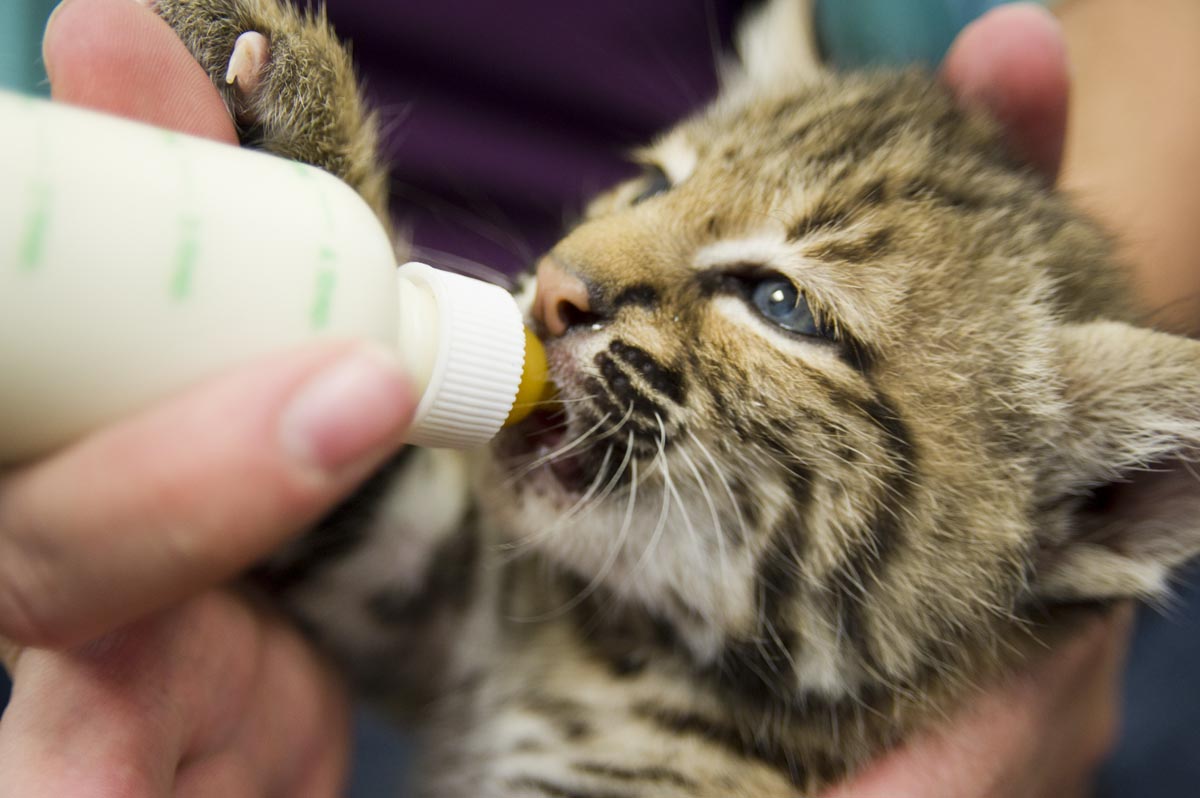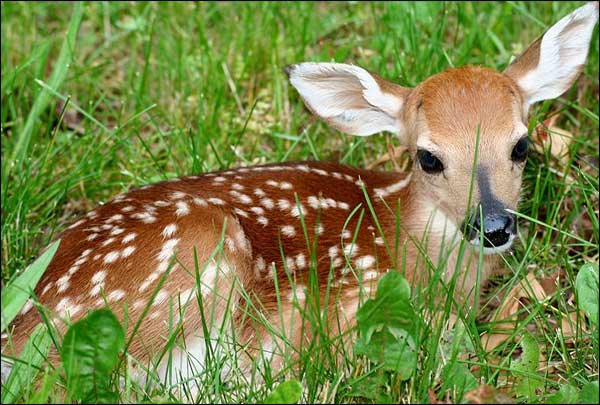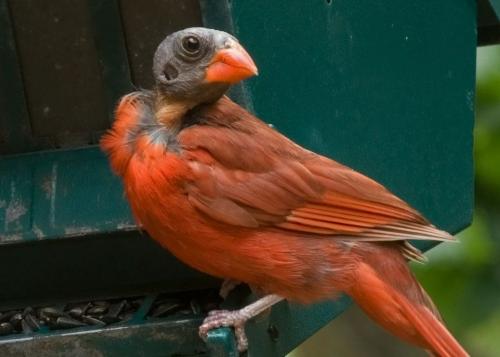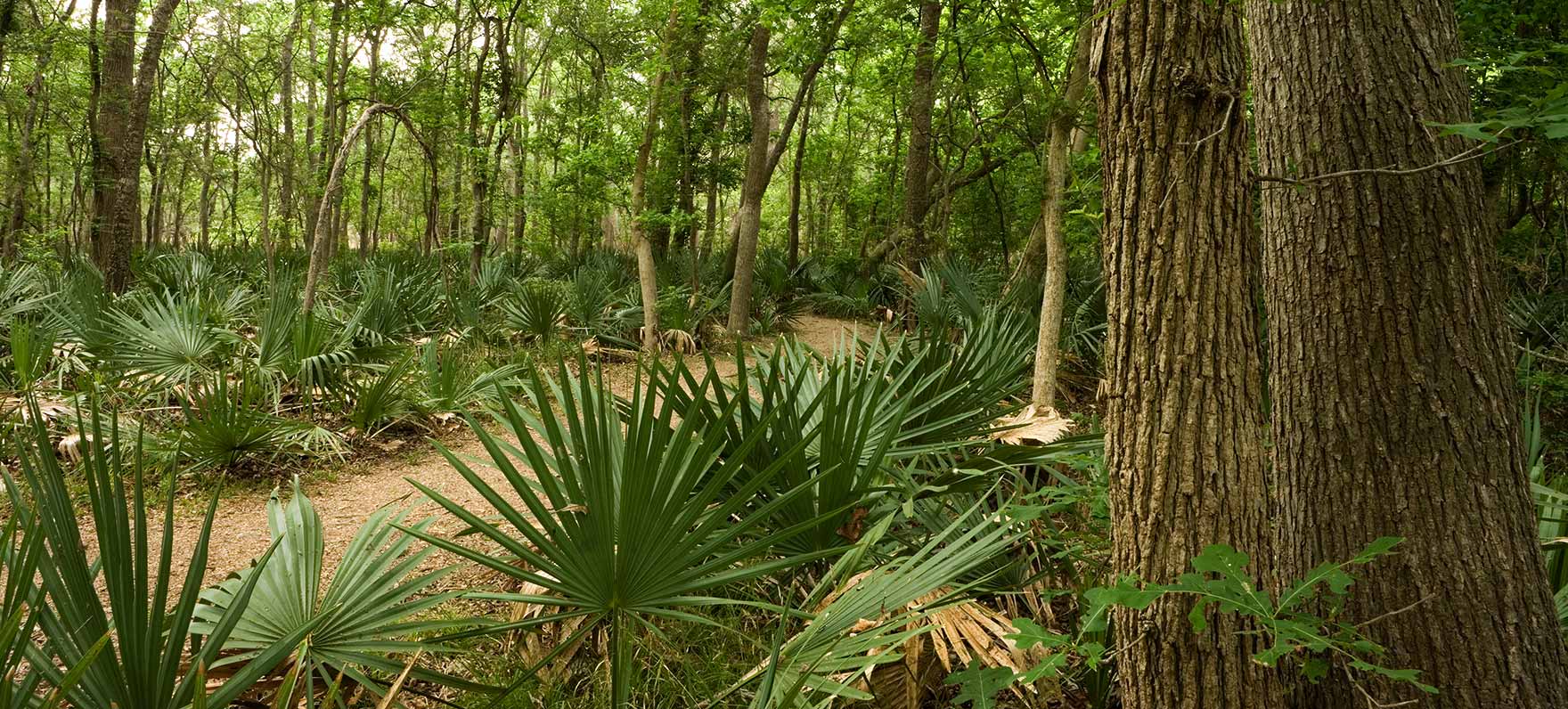TPW TV: The Night’s Watch
Friday, April 29th, 2016This is Passport to Texas
The night skies sparkle over Texas. In an upcoming segment of the Texas Parks and Wildlife PBS TV show, you’ll meet folks like Bill Wren, who work tirelessly to keep the skies dark.
“Dark sky” just means the lack of any artificial light sources; man-made, human-origin light sources. It’s a relatively recent phenomenon, I mean, astronomers are kind of like the canaries in the coal mine, we’re the first ones to say “hey, wait a second. The skies aren’t as dark here as they used to be.
We waste tens of billions of dollars a year worldwide lighting up the night sky. Davis Mountains SP ranger, Tara Poloskey, calls this misdirection of wattage, light pollution.
And when I talk about the dark skies, I try to help people to understand how easy it is to preserve them. All it is, is a choice you make at Home Depot to buy the light that points down instead of up.
The MacDonald Observatory in Fort Davis depends on dark skies. Larry Francell says the surrounding community is on board, but they can only do so much.
We, as a group, keep our night lights either directed downward or don’t use them. But it’s encroaching from other areas, particularly the oil patch in the Permian Basin. The only way to keep McDonald Observatory working and safe and viable is for dark skies.
Catch the Texas Parks and Wildlife TV segment called The Night’s Watch the week of May 8th on PBS stations statewide. Check your local listings.
For Texas Parks and Wildlife…I’m Cecilia Nasti






 Passport to Texas is a
Passport to Texas is a  Passport to Texas is made available by:
Passport to Texas is made available by: